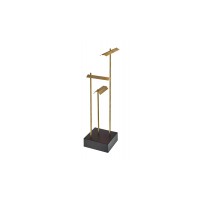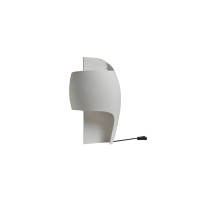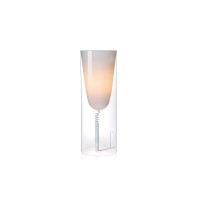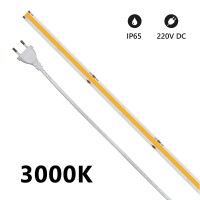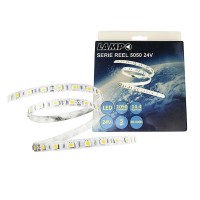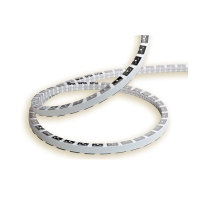UGR: measuring glare in illuminated settings
When talking about lighting in indoor settings, the UGR (Unified Glare Rating) is a fundamental value that defines the glare produced by a light fixture to the human eye. This parameter is of crucial importance in the field of interior lighting, as it can significantly influence visual comfort and people's quality of life.
In this article, we will therefore explore what UGR is, how to recognize it, the advantages of using this parameter and why it is convenient to do so.
What is UGR

UGR is an index that measures the glare perceived by an observer in an artificially lit context. Glare is in fact that annoying effect of intense or unpleasant light that can cause discomfort or even damage your eyesight.
To avoid this problem, it is therefore essential to properly design the lighting system in enclosed spaces, and UGR is an essential tool to achieve this goal.
The UGR is then calculated by considering various factors, including the luminance of the light source, the arrangement of the luminaires, the luminance of the background and the viewing angle of the observer. This index is then expressed in whole numbers, with lower values indicating less pronounced glare and, therefore, better lighting quality.
How is UGR calculated
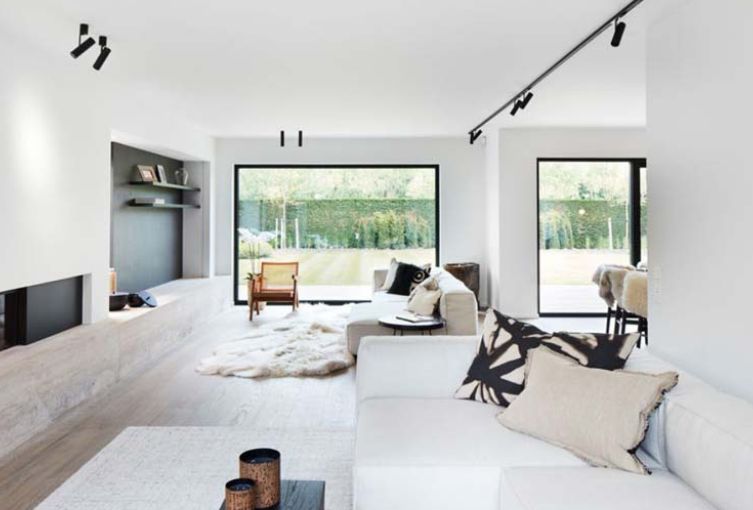
Calculating UGR can be complex, but is usually performed by specialized software or online calculators. However, it is important to understand that it is not a value that can be determined simply by looking at a lamp or light fixture.
You need to have specific data, such as source luminance, observer viewing angle, and background luminance, to calculate it accurately. In practice, architects, lighting engineers and interior designers use light simulation software to obtain the UGR value in a specific context. These tools allow them to evaluate and optimize their lighting design to minimize perceived glare.
The advantages of using UGR

Visual Comfort
One of the main advantages of using UGR is the improvement of visual comfort in indoor settings. Correct management of glare allows the occupants of a space to carry out their daily activities without discomfort or visual fatigue. This is especially important in context such as offices, schools, hospitals and homes, where artificial light is predominant.
Safety
In context such as hospitals and offices, good lighting is essential for safety. UGR helps prevent situations where glare could mask important objects or details, such as warning signs or emergency indicators. This can help avoid accidents and improve the safety of space users.
Energy efficiency
Optimizing UGR not only improves lighting quality, but can also lead to more efficient use of energy. By reducing glare, you can use fewer light sources or reduce their intensity, thus saving energy and reducing operating costs.
Regulatory Compliance
In many regions of the world, there are specific regulations and standards that require certain UGR levels to be met in various types of context. Using UGR therefore helps designers and installers comply with these rules, avoiding possible fines or legal problems.
Why it is useful to calculate the UGR of your space
So UGR is convenient to calculate because it offers a series of benefits that more than compensate for the efforts required for its calculation and monitoring. Its implementation can lead to a better quality of life in the places where we live and work, contributing to people's well-being and productivity.
Additionally, it can reduce energy costs and help you comply with local regulations, avoiding legal costs and fines.
In conclusion, UGR is a fundamental tool for improving indoor lighting design and is a value worth monitoring and optimizing.
For more informations do not hesitate to contact us on our Diffusione Luce!
Written by Alice Pruccoli
Share this content
